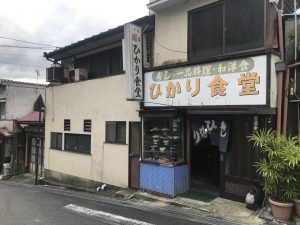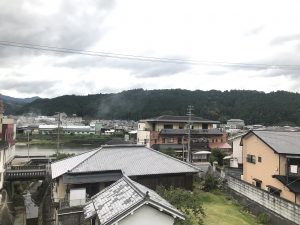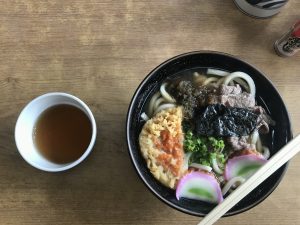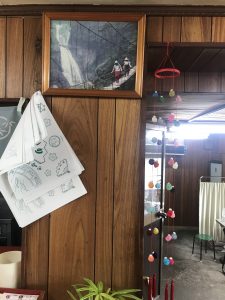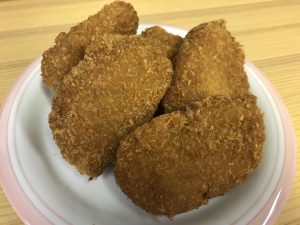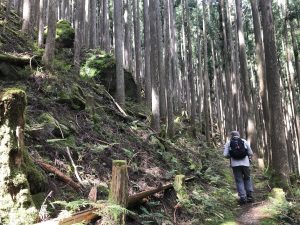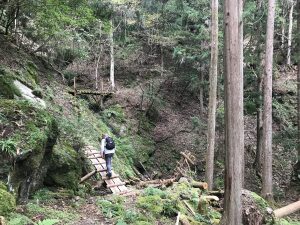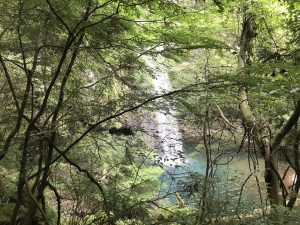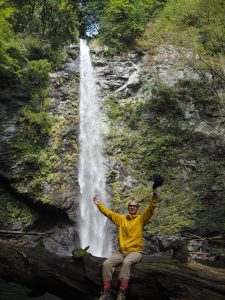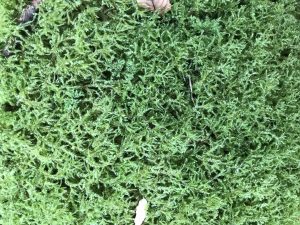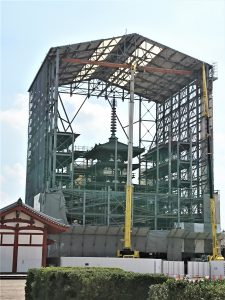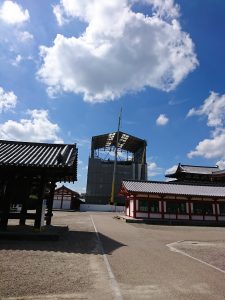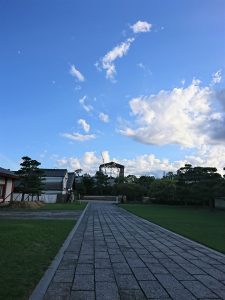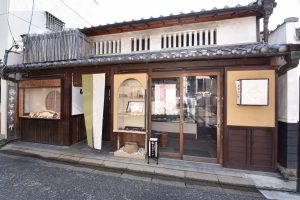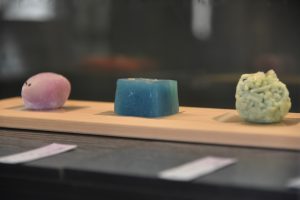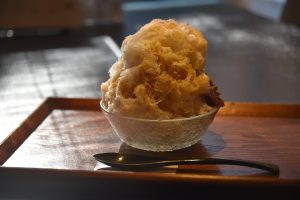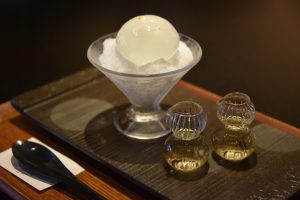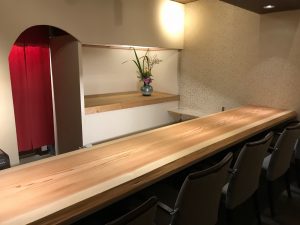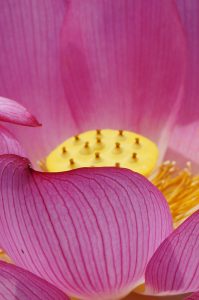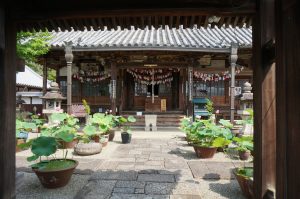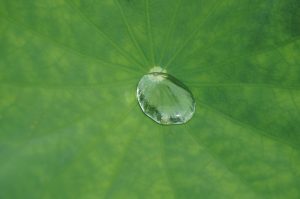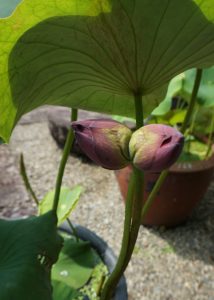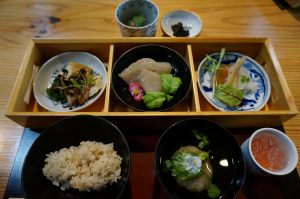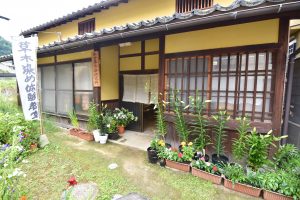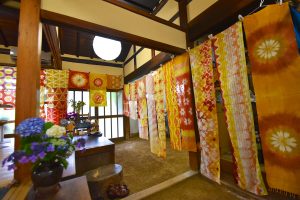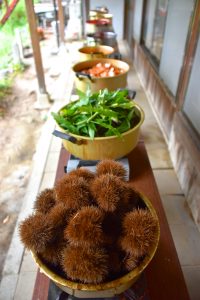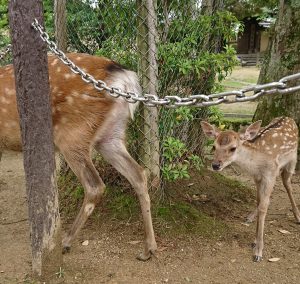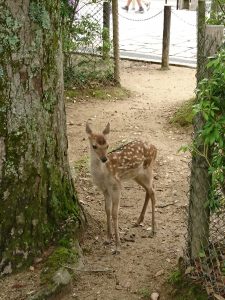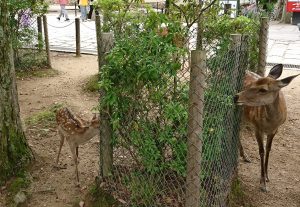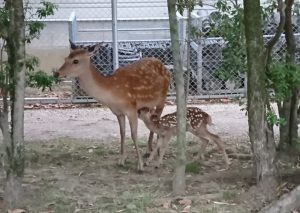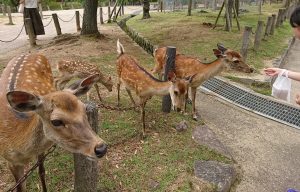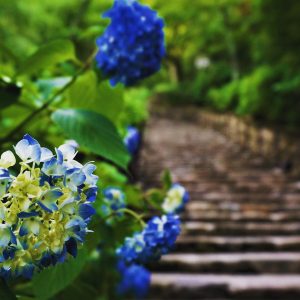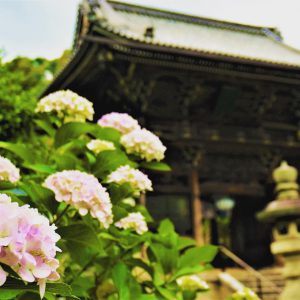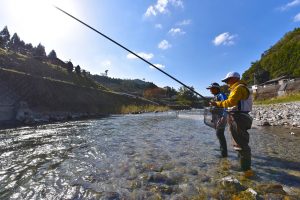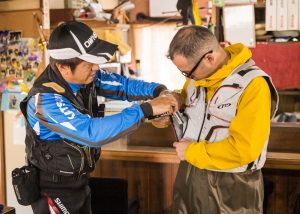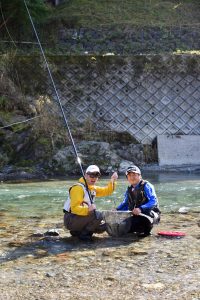The warm evenings of summer are in the past, and as the sun sets earlier and earlier, nights get cooler and cooler, I find myself searching for more and more ways of warming in nights and mornings.
I put the water on to boil and choose a clay bowl. I scoop out some green matcha tea with a bamboo chashaku, and spread just a little bit at the bottom of the bowl. Add the hot water, and it’s time for the chasen, a small, bamboo tea whisk that I quickly swish in tiny circles inside the bowl. The matcha tea mixes in the hot water, forming a thin layer of froth on the surface. I set the tea whisk aside and enjoy my bowl of green warmth.
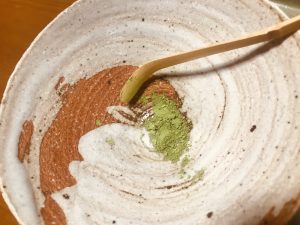
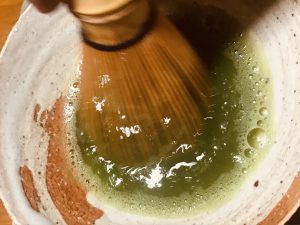
There are many tools involved in Japanese tea ceremony, and those were just a few. However, among them, the chasen tea whisk is often considered to be a symbol of tea ceremony. The tea whisk is instantly recognizable, with its bamboo handle and fine teeth, fanning out in precise, straight lines, and then beautifully bending back to the inside. It is masterful work that looks simple. It is the art of design at its best. All from just one piece of bamboo.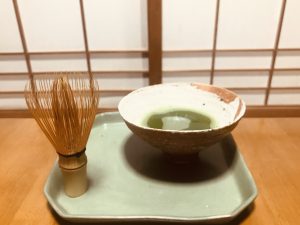
Going back hundreds of years, Nara has produced many of Japan’s (and the world’s) chasen tea whisks. We have a program that actually allows you to make your own tea whisk with a master craftsman. As nights get colder and winter feels longer, wouldn’t you like to have your own tea whisk to make yourself a warm bowl of matcha tea?

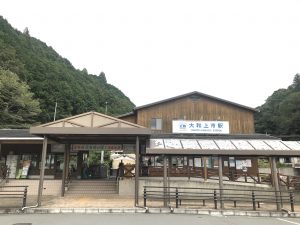 Around this time of year, many people visit Odaigahara and other parts of Yoshino to see the beautiful reds and yellows of leaves. I see many people get off at Kintetsu Yamato Kami-ichi Station and wait for their bus deeper into the mountains. Just in case you are hungry, I want to share a little wisdom I received from the locals, as I think you too will enjoy eating where “everyone around here” eats.
Around this time of year, many people visit Odaigahara and other parts of Yoshino to see the beautiful reds and yellows of leaves. I see many people get off at Kintetsu Yamato Kami-ichi Station and wait for their bus deeper into the mountains. Just in case you are hungry, I want to share a little wisdom I received from the locals, as I think you too will enjoy eating where “everyone around here” eats.